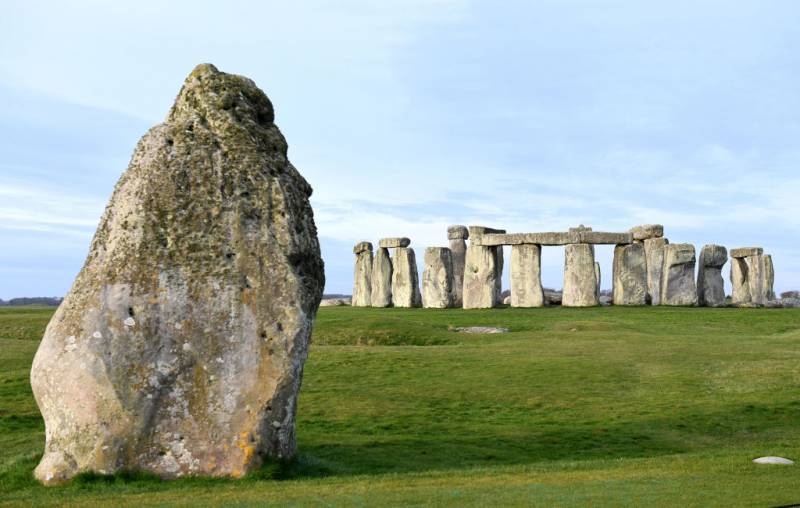If this were any other year, about 10,000 people would be planning their pilgrimage to Stonehenge for the summer solstice next month. Instead, this year’s event will be open to millions around the world—virtually speaking, of course.
Due to ongoing social distancing rules and the temporary closure of the monument, English Heritage will livestream the solstice on June 20, thereby opening it up to anyone with an internet connection.
In addition to hosting nearly a million tourists a year, the stone circle has been a site of worship and revelry for British Pagans for roughly 5,000 years. The summer solstice is one of four major Pagan festivals celebrated annually, and Stonehenge is considered by many to be the best place to do it.
At dawn on the solstice, the sun’s rays dance over the Heel Stone (the ancient entrance to Stonehenge) and hit the center of the circle, creating a beautiful spectacle. Because of the way the sun aligns with the henge, believers consider the site a symbol of the divine connection between the moon, the Earth, the sun and the seasons.
“Historically, the summer solstice is one of the festivals that have survived and always been celebrated,” one Stonehenge fan, Helen Nessbert explains. “Especially in colder places, as it’s a fire festival. The sun is at its peak, so it’s the last hive of activity before the start of the descent towards winter. Plus its a good excuse for a big bonfire and a bloody good party!”


